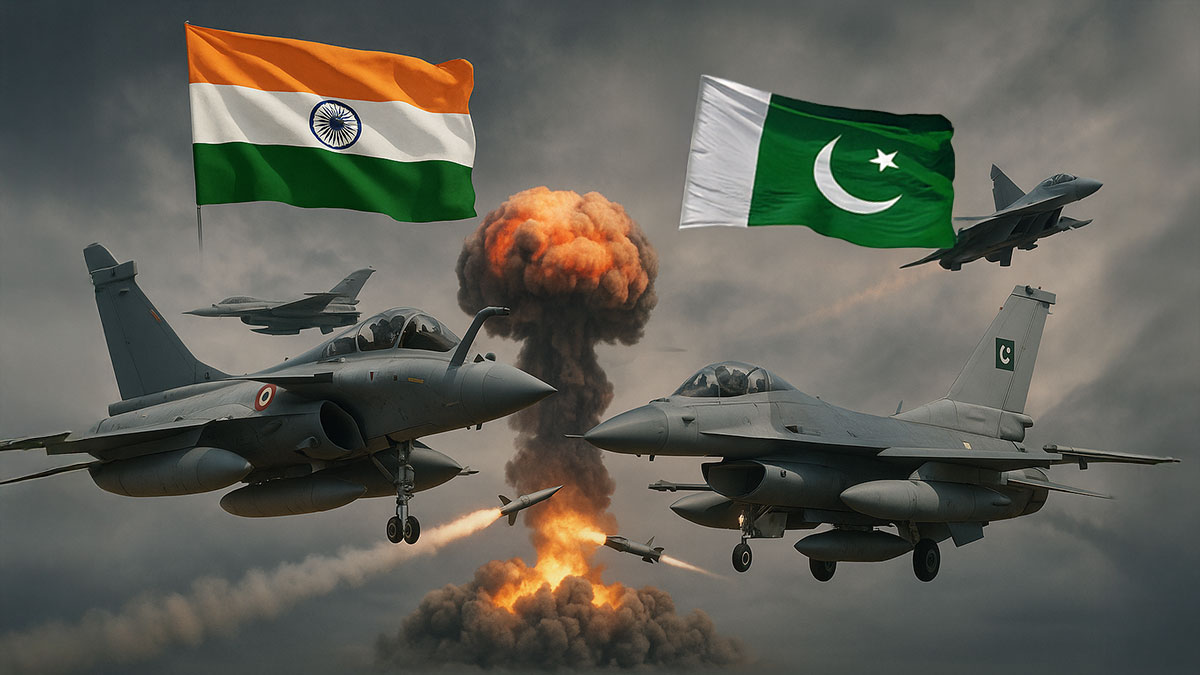
By Phar Kim Beng
MAY 8 — South Asia has once again become the epicenter of global attention. In what experts are calling the most intense air-to-air combat between two nuclear powers in the modern era, India and Pakistan have engaged in a high-stakes military exchange that not only tests national resolve but also showcases a global arms race playing out in real time.
According to Dr. Rabia Akhtar, Visiting Scholar at the Belfer Center, Harvard Kennedy School, the encounter saw 27 Pakistani fighters—including the Chinese-made JF-17 Thunders, US-made F-16s, and Chinese J-10Cs—squaring off against 70 Indian aircraft, including France’s Rafales, Russia’s MiG-29s and Su-30MKIs.
Both sides employed airborne early warning systems (AWACS) to provide real-time targeting data, while long-range air-to-air missiles such as the Chinese PL-15 and European Meteor were deployed. This was the first full-scale jet-age dogfight between nuclear powers in a compact battlespace, where the margin for error was dangerously thin.
Reports indicate that five Indian aircraft were downed, while India conducted pre-emptive strikes on nine locations allegedly linked to extremist groups supported by Islamabad. The conflict has now escalated beyond a single engagement: Pakistan’s National Security Committee has invoked Article 51 of the UN Charter, granting its armed forces the right to respond in self-defense.
What we are witnessing is more than a bilateral clash—it is also a covert trial of military-industrial complexes. China’s JF-17, America’s F-16, France’s Rafale, and Russia’s MiG-29s and Su-30s are all under the global spotlight. Performance in combat will likely influence future arms sales, alliance dynamics, and strategic trust in these weapon systems.
Beijing, Washington, Moscow, and Paris are all watching closely. The skies over South Asia are now a proxy arena for global defense markets. A failure of any system could jeopardize billions in defense contracts; a triumph could lock in strategic influence for years to come.
More alarmingly, if this conflict spirals out of control in the absence of third-party mediation, the world could witness a nuclear flashpoint with devastating humanitarian and ecological consequences.
As Chair of ASEAN, Malaysian Prime Minister Anwar Ibrahim has called for restraint and mediation through international or regional mechanisms, including the United Nations. Waiting to see who blinks first in a nuclear standoff is a gamble humanity cannot afford.
This is not just a South Asian crisis. It is a critical test of global diplomacy, deterrence, and the limits of escalation in the nuclear age.
Source: Malay Mail
Last Update: 13/05/2025